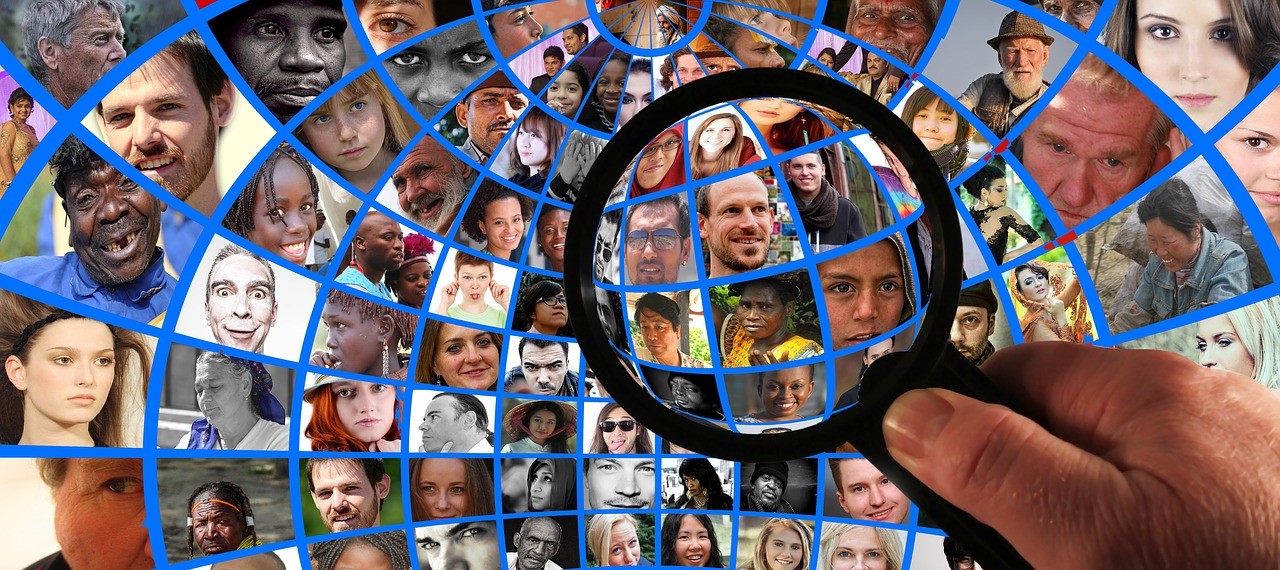The Census and Capturing Hard-to-Count Communities With OOH

More than just the start of a new decade, 2020 is set to be a big year. The nation, at the moment, is largely focused and quite often divided on major concerns such as the economy, world relations, and, of course, the upcoming presidential election. These issues impact our country today and will continue to for the next four-plus years. But when we look beyond politics, 2020 also includes the constitution-mandated, decennial Census — a survey of the population conducted every 10 years — that plays an integral role in how federal funds are distributed to localities for the following decade.
In the context of the lasting effects of 2020 events, Census results impact the U.S. for the next 2.5 presidential terms. Census data helps determine the number of seats each state has in the U.S. House of Representatives, as well as how voting districts are defined. And, if the 2020 count does not accurately reflect U.S. residents, local governments stand to lose an average of $14,000 per person in funding over the next decade.
This 2020 Census also brings with it the incorporation of more technology and a deployment plan that leans into more modern targeting initiatives; i.e., there is ample opportunity to achieve a more accurate count, but also a host of issues that could result in non-response.
Knowing what is at stake, the federal government, states, and local municipalities have allocated part of their budgets for paid media, which, nationally, will include digital and social media for the first time. Residents will be encouraged to participate online, versus mailing in forms or taking them to local census offices, as they have in the past.
While the goal of the census is to get an accurate count of everyone living in the United States, this year the government's outreach efforts will focus heavily on hard-to-count (HTC) communities. Targeting HTC audiences, the new online process, and the addition of digital marketing and social media, represent a unique opportunity for out-of-home (OOH) media.
- Take a Community Focus on a Community's Canvases. Today people are spending more than 70 percent of their waking hours outside the home. This is time spent commuting, consuming, and engaging in their local communities. As travel times continue to climb across the country, with the average round-trip commute to work now at 52.8 minutes per day, there is more opportunity than ever for people to be exposed to OOH advertising. Further, by census definition, HTC areas are typically underserved or lower-household-income communities. Across America, more than 30 percent of these HTC residents do not have a mobile phone, a household computer, and reportedly do not use the Internet. Roughly 60 percent of these residents do not have in-home cable and are 85 percent more likely to not have a TV in their home at all than people in other areas. These residents are best reached with OOH. In fact, many of them reside in areas with significant transit systems or live in communities where English is not their first language.
With OOH, local municipalities can connect with residents in-language and with physical canvases that they are sure to pass by on their daily journeys. Capturing these communities at all stages of the Census, from driving awareness and motivation, to reminding residents to participate through the end of 2020, will be critical in ensuring an accurate count and high response rate in communities that need federal funding the most.
- Brand Safety and Trust in the Era of an Online Census.Post-2016, people are hyper-aware of the precision in which they can be reached and targeted on digital and social media, as well as what happens to their information when it is shared online. This — coupled with the fact that we live in an age of ad blocking, cord-cutting, digital disruption, and a general distrust for the digital space — has created hurdles for electronic media. By adding OOH to the media mix, states and municipalities can ensure that the Census messaging their communities receive is perceived as truthful and trusted.
In fact, OOH is the most trusted media format for millennial and Gen Z populations, two groups that may fall into HTC communities, as urban and transient populations that are difficult to connect with via mail and other traditional media formats. Building this trust will be critical during the awareness and motivation stages (January through May) of the U.S. Census Bureau's campaign.
- OOH Is the Best Primer for All Things Digital.OOH drives four times more search and social activations, according to Nielsen, and increases search's return on ad spend by 40 percent, Benchmarketing data finds. Knowing the U.S. Census Bureau is aiming to have people participate in the Census online, OOH is the ideal addition to its marketing initiatives at the local and national levels to prime people to take action. In March, when residents start receiving their invitations to take the Census, OOH should be alive in their neighborhoods as another touchpoint and physical reminder to take action online.
From priming digital and social behaviors and complementing their role in the media mix, to helping people trust the Census, to localizing messages to mirror each community's DNA, and to being with people as they go about their lives as a physical reminder to take action and be counted, OOH can drive awareness of the Census and motivate audiences to participate in a way no other media format can.
Click the social buttons to share this story with your friends and colleagues.
The opinions and points of view expressed in this content are exclusively the views of the author and/or subject(s) and do not necessarily represent the views of MediaVillage.com/MyersBizNet, Inc. management or associated writers.



